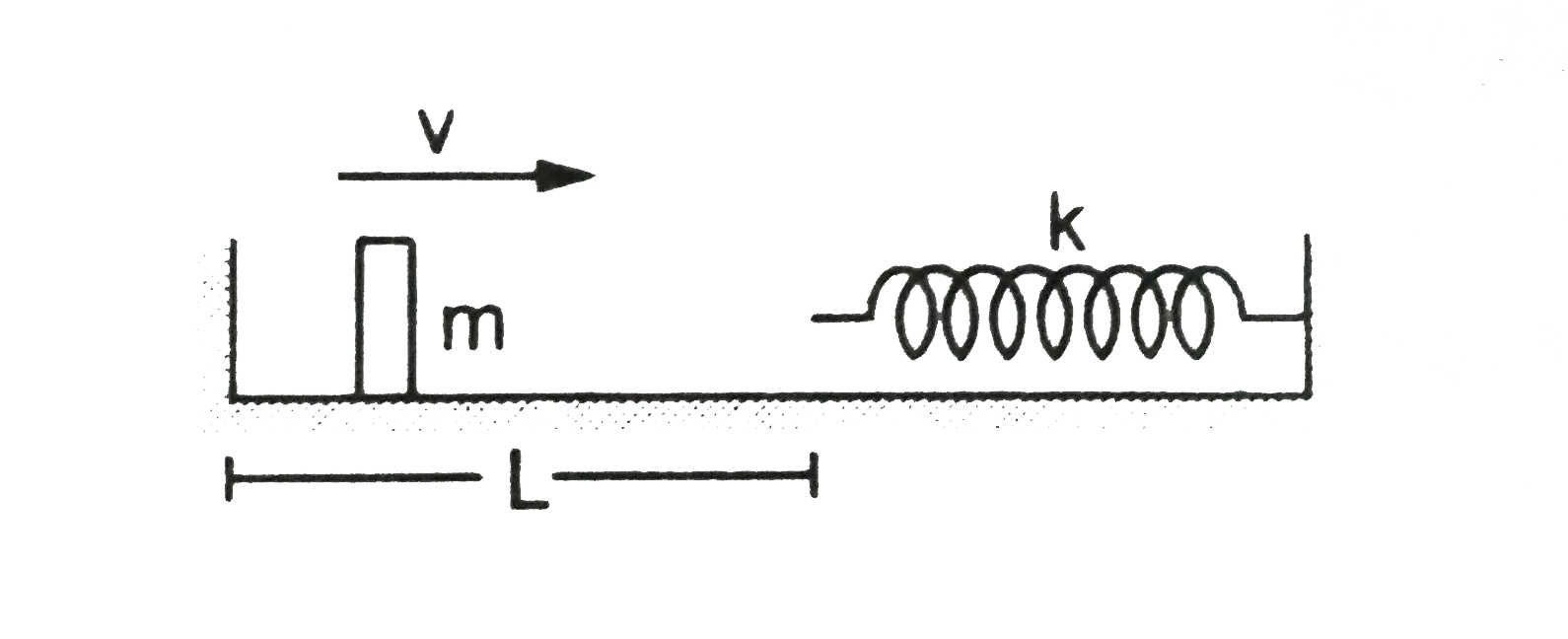Describe state of motion.
To describe the state of motion, we can break it down into the following steps:
1. Definition of State of Motion:
- The state of motion of an object refers to its velocity, which includes both speed and direction.
2. Understanding Motion:
- An object can be in two primary states:
- At Rest: This means the object is not moving and its position is constant over time.
- In Motion: This means the object is changing its position over time, moving from one location to another.
3. Change in State of Motion:
- Any change in the state of motion occurs when an object transitions from being at rest to being in motion or vice versa. This change can be caused by applying a force.
4. Examples:
- For instance, if a car is moving straight down a road at a constant speed, it is in motion. If it stops at a traffic light, it is then at rest. If it accelerates again, it changes its state of motion back to being in motion.
5. Conclusion:
- Therefore, the state of motion is characterized by whether an object is at rest or in motion, and any change in these states indicates a change in the state of motion.
- The state of motion of an object refers to its velocity, which includes both speed and direction.
- An object can be in two primary states:
- At Rest: This means the object is not moving and its position is constant over time.
- In Motion: This means the object is changing its position over time, moving from one location to another.
- Any change in the state of motion occurs when an object transitions from being at rest to being in motion or vice versa. This change can be caused by applying a force.
- For instance, if a car is moving straight down a road at a constant speed, it is in motion. If it stops at a traffic light, it is then at rest. If it accelerates again, it changes its state of motion back to being in motion.
- Therefore, the state of motion is characterized by whether an object is at rest or in motion, and any change in these states indicates a change in the state of motion.
Topper's Solved these Questions
- BOOK - MTG IIT JEE FOUNDATIONCHAPTER - FORCE AND PRESSURE EXERCISE - EXERCISE (SUBJECTIVE PROBLEMS LONG ANSWER TYPE)5videos
FORCE AND PRESSURE
- BOOK - MTG IIT JEE FOUNDATIONCHAPTER - FORCE AND PRESSURE EXERCISE - EXERCISE (INTEGER/NUMERICAL VALUE TYPE)5videos
FORCE AND PRESSURE
- BOOK - MTG IIT JEE FOUNDATIONCHAPTER - FORCE AND PRESSURE EXERCISE - EXERCISE (SUBJECTIVE PROBLEMS VERY SHORT ANSWER TYPE)15videos
FORCE AND PRESSURE
- BOOK - MTG IIT JEE FOUNDATIONCHAPTER - FOOTSTEPS TOWARDS NEETEXERCISE - MCQ45videos
FOOTSTEPS TOWARDS NEET
- BOOK - MTG IIT JEE FOUNDATIONCHAPTER - FRICTION EXERCISE - OLYMPIAD/HOTS CORNER15videos
FRICTION
Similar Questions
Knowledge Check
- Question 1 - Select One
The tendency of a body to resist change in a state of rest or state of motion is called _____
AmomentumBinertiaCforceDvelocity - Question 2 - Select One
Select the correct statements for a particle in a state of motion.
AIf speed of the particle changes then velocity of the particle must change and it must have non-zero acceleration.BIf velocity of the particle change then its speed must also change and particle must have non-zero acceleration.CWhen particle moves in a straight line with changing speed then its velocity may remain constant.DWhen velocity of the particle changes then its speed may or not change but particle must have some acceleration. - Question 3 - Select One or More
Describe the motion of a particle acted upon by the force:
AF=3x+3BF=−3x−3CF=−3x+3DF=−3x−3
What are binary stars? Describe their motion in terms of centre of mass.
View SolutionDescribe the motion of the mass m shown in figure. The walls and the block are elastic.
 View Solution
View SolutionHow a force can change the state of motion?
View SolutionWhy are the states of motion and rest considered relative?
View SolutionWhat do you mean by state of motion of a body.
View Solution
